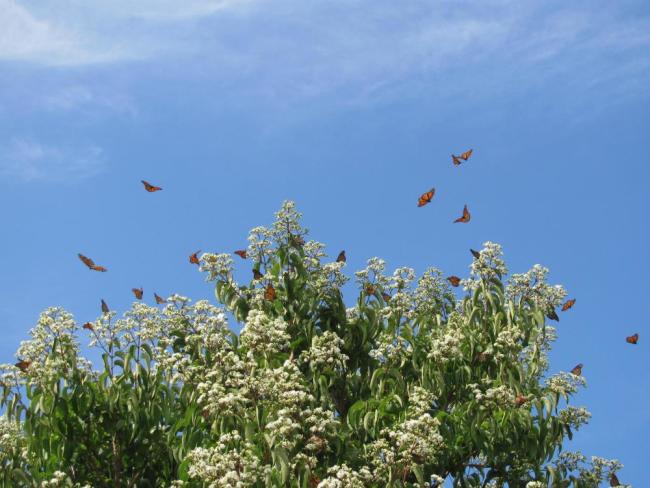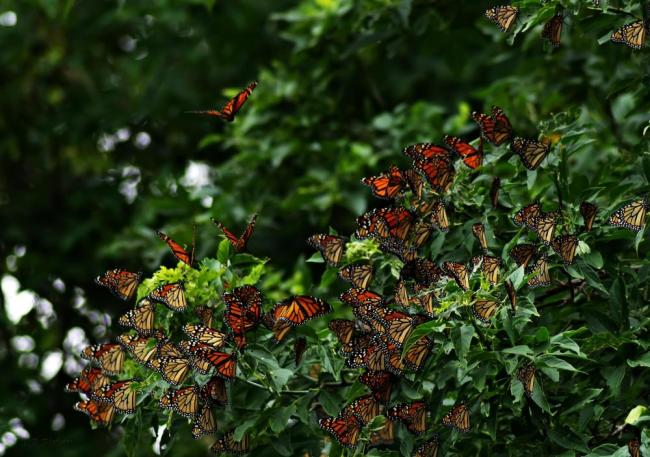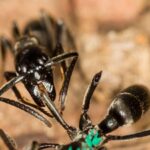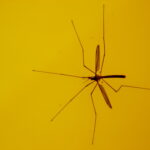3 Ways to Help Save Monarch Butterflies
Monarch butterflies face an uncertain future. Their numbers have plummeted in recent decades. Here are some ways you can help.
SciStarter Blog
Every fall, declining day length triggers one of the most incredible phenomena found in nature: the annual fall migration of monarch butterflies. Across North America, monarchs undertake an epic journey – up to 3,000 miles – to reach their overwintering grounds in Mexico and the California coast. For the eastern population of monarchs, the migratory generation are the great-great-grandchildren of the monarchs that left Mexico the prior spring.
Their numbers peak during fall migration – at no other time of year is the population larger. Instinct pushes them on as they battle weather, hunger, fatigue and human-made obstacles to reach destinations they’ve never been to before. Yet somehow, they know the way.


Monarchs on the Move
As perilous as migration is, monarchs already face an uncertain future. Over the past few decades, their numbers have plummeted. Since the 1990s, the eastern monarch population has declined by 80 percent and the western population by a staggering 99 percent. Habitat loss is the driving factor.
Milkweed has been hit hard. Monarch caterpillars rely solely on milkweed as a food source to develop into butterflies. Poor land management practices and the misperception of milkweed as an undesirable plant species has led to the plant disappearing throughout much of its native range. No milkweed, no monarchs.
You can help save monarchs by volunteering with Journey North, one of the largest and longest standing citizen science programs in North America. Founded in 1995, Journey North works with the public to track migration and seasonal change while fostering scientific understanding, environmental awareness and the land ethic. Here are some ways you can help.
Share Your Monarch Sightings
Are migratory monarchs finding enough suitable habitat and resources? Are they being observed in their historical range? Are they leaving earlier or later than in the past? To answer these and other questions, scientists need as many people as possible across North America tracking monarchs. Professional researchers alone can’t gather the amount of data necessary for comprehensive analyses. Citizen science helps fill knowledge gaps.
Since 1995, citizen scientists have been helping Journey North track and better understand monarch migration. Journey North makes it easy to report observations, view maps, share pictures and leave comments.
Those observations get mapped in real-time as waves of migrations move across the continent. Your individual monarch observations become location dots on the maps complete with date, time, behavior and more.
Taken as a whole, these individual location dots create large-scale illustrations of migration patterns and enhance our collective understanding of monarch migration. Anyone can join Journey North. All you need is curiosity and an eagerness to observe the world around you.


Plant a Pollinator Garden
Monarchs need each of us to plant and protect habitat, whether that’s in our backyards or public spaces. These “pollinator patches” collectively create habitat corridors that provide vital resources to monarchs, like milkweed and nectar-rich flowers, during migration and breeding. Creating more pollinator-friendly habitat benefits other wildlife as well.
When planting pollinator habitat, choose a diverse array of plants that bloom at different times. So even if fall migration has already begun, it’s not too late to plant a pollinator garden with late blooming nectar-rich flowers. Native plants work best for pollinator gardens. Do some research to find native plants that grow well in your region. Consider eliminating pesticides or reducing the amount and using organic alternatives.
Spread the Word
Greater awareness is key to saving monarchs. Securing a hopeful future for monarchs depends on a passionate, informed and engaged public. So consider sharing the wonder and importance of monarchs with your family, friends and elected officials. As people learn more about monarchs, they become advocates for a species they come to love and understand.
Participate in Other Journey North Projects
Monarchs are not the only species on the move. Hummingbirds, another vibrant group of pollinators, also head south for the winter. Fueled by the nectar, hummingbirds double their weight as they fly hundreds or even thousands of miles to their overwintering grounds. Share your hummingbird observations with Journey North and explore other projects you can participate in.
About the featured image: Monarch butterflies can travel thousands of miles on their annual migration across North America. (Credit: Jim in Monona, IA/Courtesy of Journey North)
About the Author
Scott Dyke is the Journey North and University of Wisconsin–Madison Arboretum communications specialist. He hopes to transmit his passion for the natural world in his work and inspire others along the way. Although he enjoys all wildlife, he is particularly fond of frogs. Outside of work, Scott enjoys hiking, watching soccer, and quality time with family and friends.




